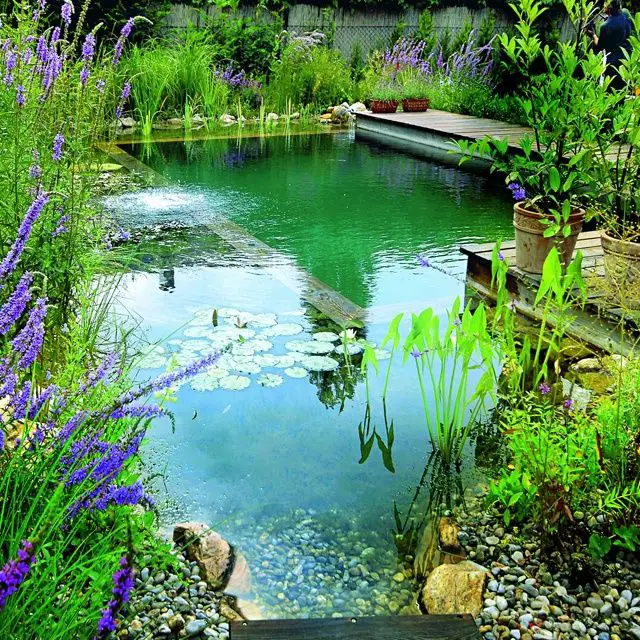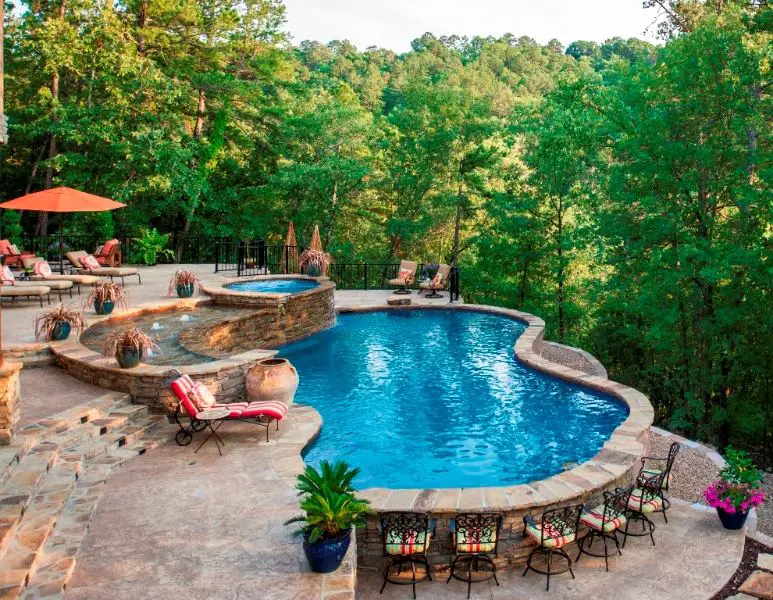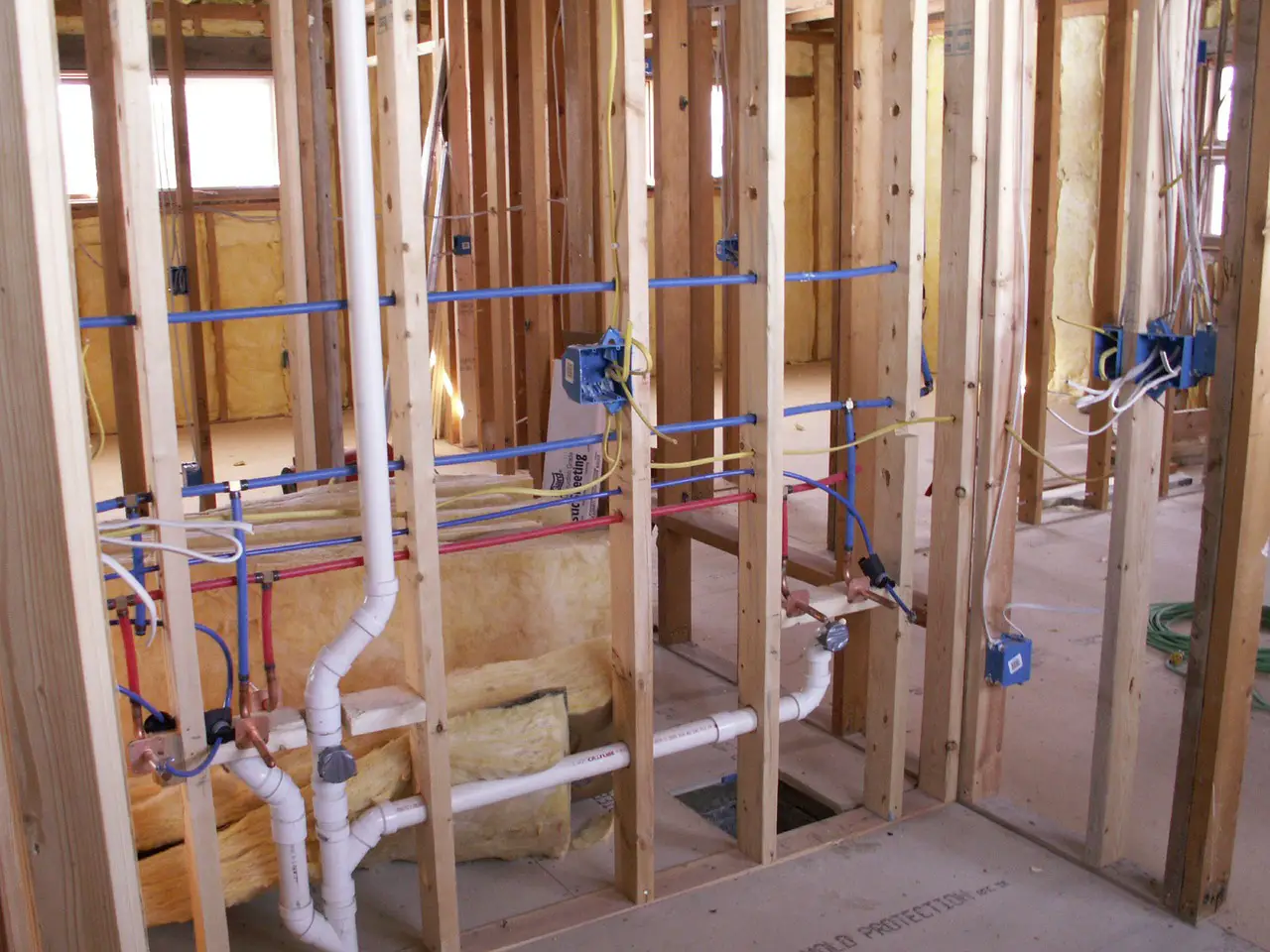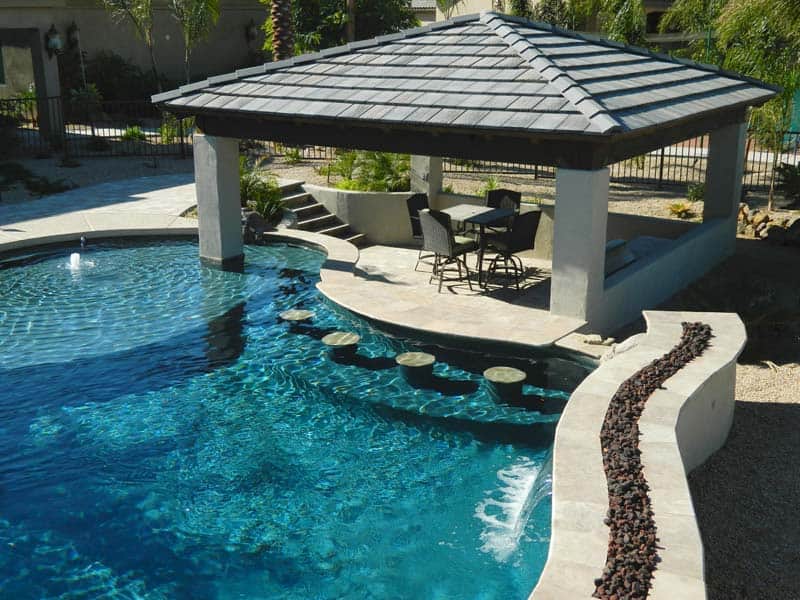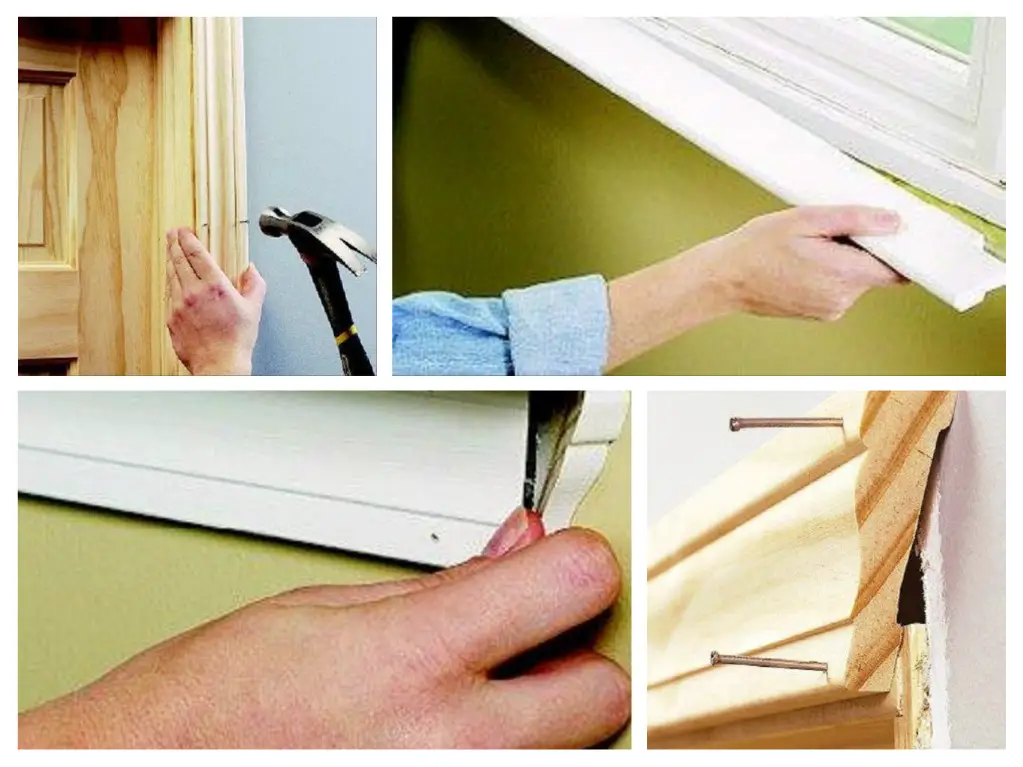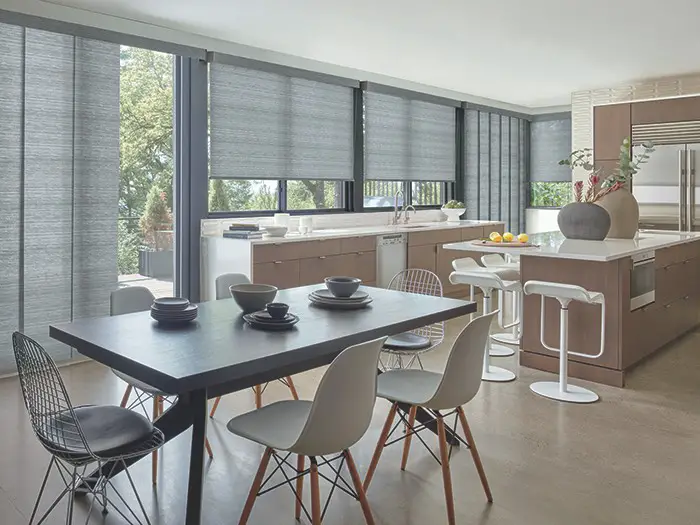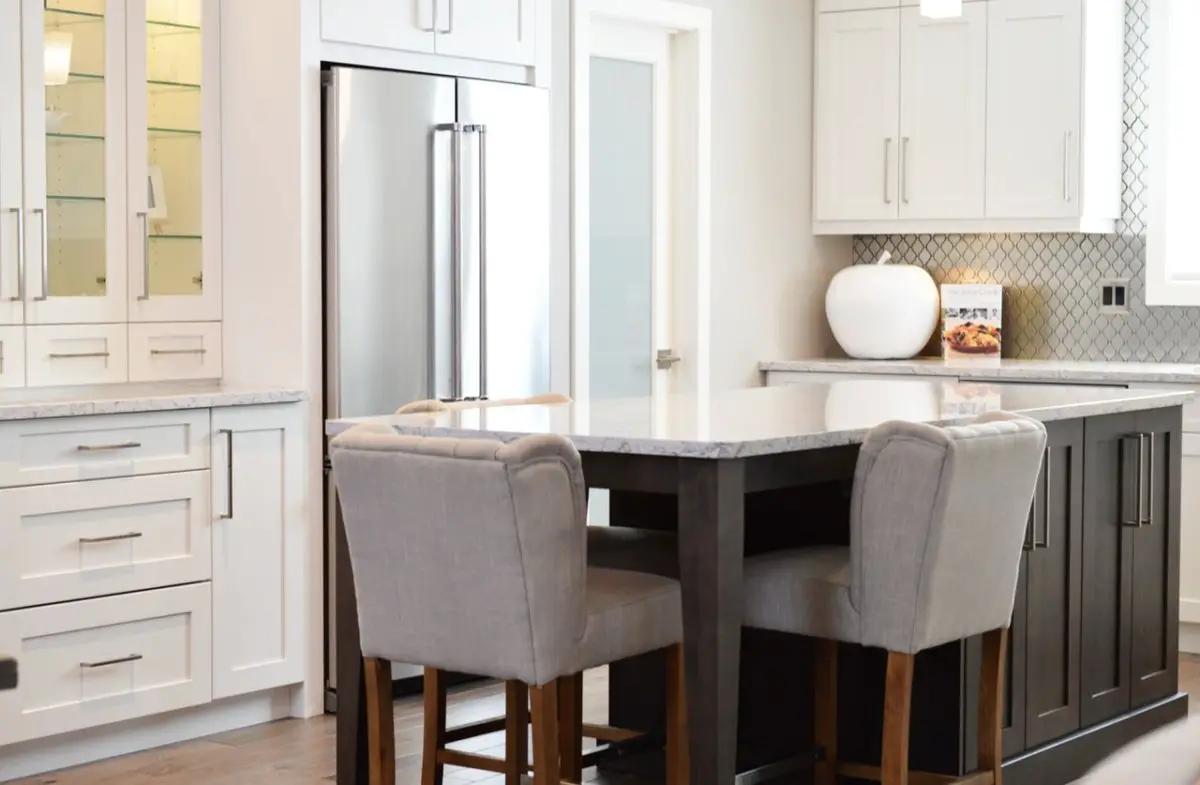Whether you like to relax on a draft or you just like to practice your acrobatic dives every single time you get the chance to do so, one thing is certain – swimming is one of the most popular activities that people like to engage in when it is hot outside. Apart from being an extremely popular activity, swimming is also one of the healthiest things that you can do these days. However, planning a swimming pool can be quite tricky sometimes.
That being said, you should consider all of the options that are available to you before breaking the ground and installing a swimming pool in your backyard. Luckily, there are many different places out there – such as the Specialty Pool Products – that can provide you with some really good materials that you can use during your swimming pool installation process. And now, here are some of the most important things that you should know about building a natural swimming pool in your backyard!
Digging It – Creating a Natural Swimming Pool By Hand
Digging a big hole in the ground is one of the cheapest, as well as one of the most ecologically sound ways to build a swimming pool in your backyard. This is a really good way to do this kind of thing as it allows you to make your swimming pool as deep or as shallow as you want. However, the key to success here is to make the sides of your swimming pool slope, because otherwise, the soil could end up caving in.
That being said, one of the main reasons why traditional swimming pools are constructed with a steel framework lies in the fact that the steel framework is used to keep the walls in a vertical position. With this in mind, if you construct a swimming pool with sloping slides, you will eliminate the need for any steel reinforcement. This also means that you will probably get to save a significant amount of money. Once you have dug up a hole for your swimming pool, you can either use a layer of bentonite or synthetic liner to seal your swimming pool.
Zoning Your Swimming Pool
Make sure to reserve at least one half of the surface area of your swimming pool for shallow plants. You should separate the filtration area from the swimming area of your swimming pool. As far as the shallow zone of your swimming pool, it keeps the water clean, and it also serves as a natural habitat for frogs and many other animals.
Natural Pool Filtration
You can use PVC tubes to channel the water from your pump into your plant zone. Make sure to bury the tubing approximately 18 inches deep into the soil. It is also important to note that you should drain your swimming pool four to eight hours a day, and you should do it in the morning, as well as in the evening. If you would like to get yourself a quality underwater aeration system, you can expect to pay anywhere from $1,000 to $1,200. There are some people out there who like to take skimmers and hook them up to an additional pump to get rid of floating undesirables. Although these devices are not mandatory, having one installed is always a good idea.
These are some of the most important things that you need to know about building a natural swimming pool in your backyard. Of course, there are some other important things that you should know about this whole thing, but we strongly encourage you to do your research because what works for somebody else may not work for you.
